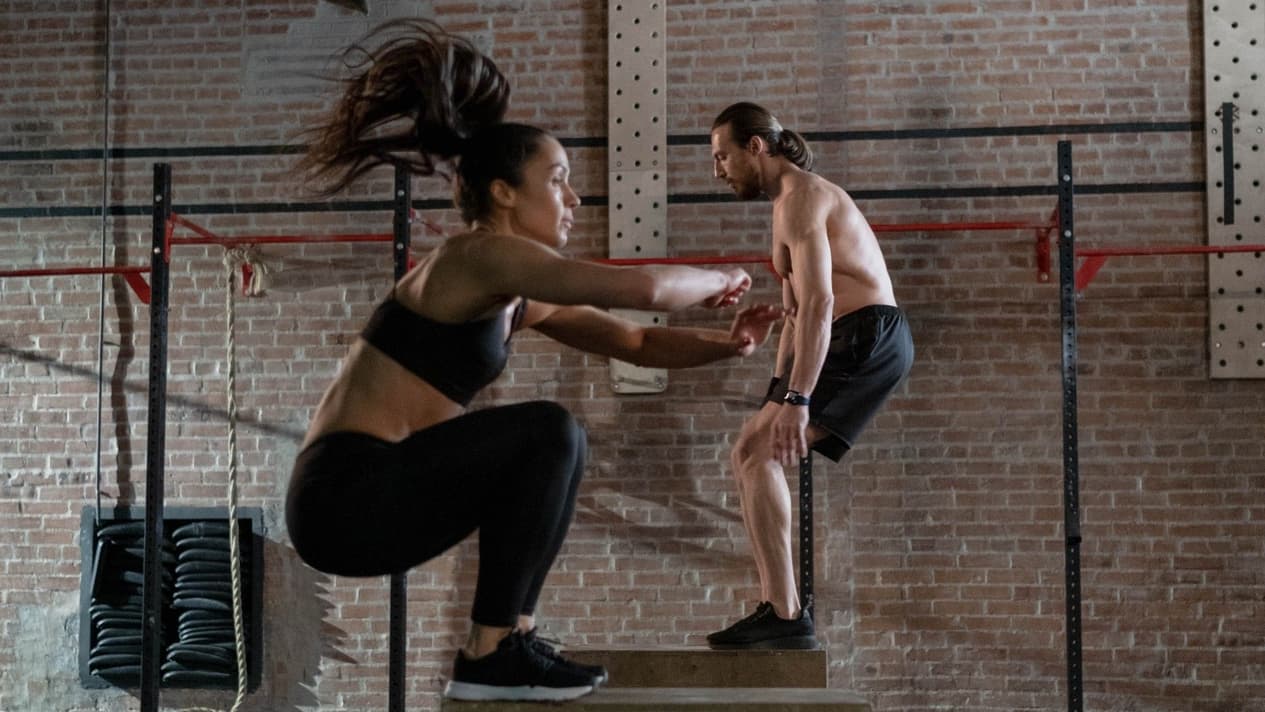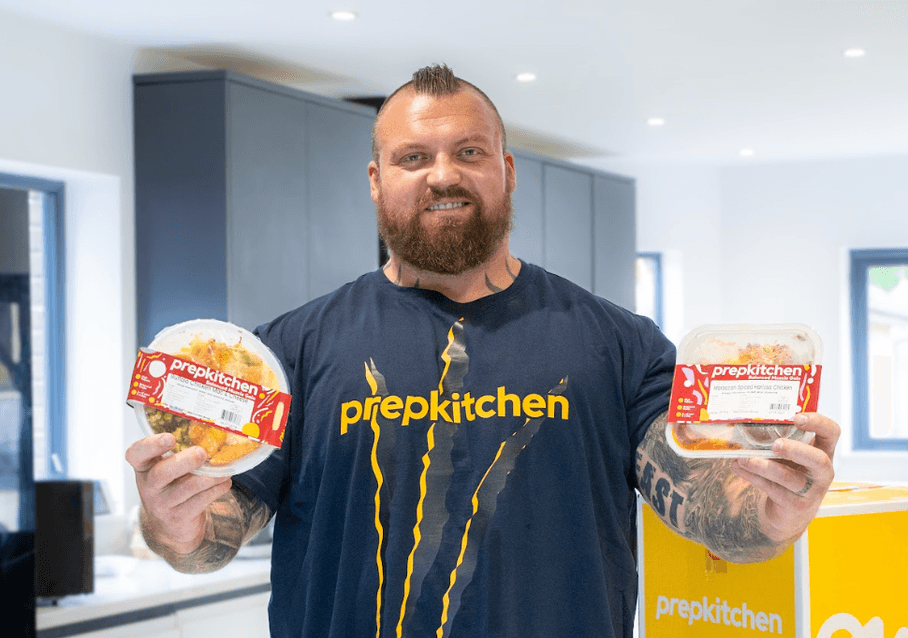HIIT - you may be familiar with this acronym or have heard this term used frequently in the gyming and fitness world, but what do we know about it, and what benefits can be gained by utilising it?
What is HIIT?
HIIT is an acronym for High-Intensity Interval Training. Over the years, it has
grown in popularity and has been widely promoted, with numerous gyms and
fitness classes using the basis of HIIT to design their workouts,
programming and ethos. Taking part in HIIT training claims that the client
will gain the edge in getting fitter, leaner and overall stronger, using
interval training workouts that alternate between periods of high-intensity
anaerobic exercise, followed by (less intense) periods of recovery and for
a shortened amount of time- 30-minute sessions seem to be the trend.
The Benefits of High Intensity Interval Training (HIIT)
· HIIT Can Be Done Anywhere!
In a pandemic world, more and more people have found themselves unable to
attend the gym in person but have found themselves eager to continue their
fitness momentum. One of the beauties of HIIT is that it's accessible and
it can be achieved at home using your own plan or via online workouts which
flood the internet and don't require expensive or specialised equipment-
just some motivation, a patch of floor space and WIFI. With the click of a
button, you can find many free HIIT workouts to download or work out with!
This is also helpful to those who are not so comfortable exercising within
a gym yet and would prefer the privacy of their own home to get all sweaty
and give all to the workout! Sometimes working out in a gym or a class can
be intimidating, so home workouts can be a great way for you to build your
confidence (and your fitness).
· Burns More Calories in Less Time
Research shows that taking part in a 30-minute HIIT workout burns 25-30 %
more calories than alternate forms of exercising (1). This can be a
great selling point for the reluctant gym-goer or exerciser, as it can be
seen as getting more for less. Who wouldn’t be motivated to burn a great
number of calories for only 30 minutes of near-death suffering?
· Immediate Gratification
For some of us, for us to believe we've done a workout, we need tofeellike we’ve done a workout. That usually means being
desperately out of breath, questioning why you’ve turned up to the class in
the first place, and semi-drowning in your own pool of sweat.
Despite this, there’s a sense of accomplishment when you’ve reached this
level of exhaustion, and as daunting as it seems, feeling this way gives
you a sense of (immediate) achievement and accomplishment. There’s a
believability to this feeling- the,“Yes, I’ve just finished a good workout!”. More so, for example,
than completing a gym programme consisting of mostly weight and strength
training, i.e., lifting a dumbbell for 3 sets of 8 repetitions, or 4 sets
of 10 deadlifts. Though both have great benefits, there can be a more sense
of immediate accomplishment and achievement with HIIT workouts where you’re
out of breath and considering the possibility that you may have asthma.
· Calories Continue to Burn Post-Workout
The benefits of this relate to the EPOC (excess post-exercise oxygen
consumption) theory, where after you have completed your workout, your body
will continue to burn calories at a rate that is higher than normal for 24
hours, as your metabolism continues to be elevated (2).
· Reduces Blood Pressure and Heart Rate
Studies show that taking part in HIIT workouts can reduce resting heart
rate and blood pressure in overweight and obese individuals (3,4,5).
· Promotes Fat Loss
Not only do you burn more calories with HIIT workouts, but combined with
the aftereffect of HIIT where you continue to burn calories after your
workout, you're on the right track to losing fat! HIIT workouts are known
as the‘fat melting’workouts, achieved by moving vigorously over
a short period, and produces a higher reduction in visceral fat than would
be achieved with moderately paced exercises such as walking or cycling (6). Also, HIIT
forces your body to use energy from fat as opposed to carbs which make
losing fat more efficient.
· Can Improve Mental Health
Many people agree that a good workout not only makes them feel better about
themselves but also helps to set up and/or finish the day off well.
Research has looked at the impact that taking part in HIIT workouts has on
mental wellbeing and it has shown to reduce symptoms of stress, anxiety and
depression (7).
· Improve Bone and Joint Health
Having brittleness within our bones has the potential to lead to greater
and longer-term issues and is a factor of concern as we age. Studies
undertaken to look at the impact of HIIT workouts on bone and joint health
gave promising results. In one study, older adults who undertook HIIT
workouts for 10 weeks saw a 38% decreased progression of their rheumatoid
arthritis, a 55.8% reduction in the swelling of their joints, and, for
post-menopausal women, 16% improved bone density after 24 weeks (8).
· Improves Blood Sugar Levels and Insulin Resistance
Studies support that undertaking HIIT regulates our blood sugars more than
standard exercise programmes, and improves our insulin resistance (9). When performing HIIT workouts the fast-twitch muscles in the body are
stimulated into taking up glucose from the blood to use as fuel. As a
result, our blood glucose concentrations in the body decrease.
Things to Consider with High Intensity Interval Training (HIIT)
· Workouts Can Be Demanding
If you don’t have a reasonable amount of training behind you already, your
body can be put under a lot of strain so it’s important to start at a
reasonable pace in the beginning and build your body up.
· Adequate Rest
During exercise, our body first taps into fuel that is quickly available
for processing. Once this is used up, it then uses glycogen which is stored
as a carbohydrate form in our muscles and liver. Glycogen stores are
replenished during rest (not restduringthe workouts, restbetweenworkout sessions). With workouts like HIIT, if you don’t
rest long enough between workouts these stores won’t have time to be
replenished, resulting in a person feeling weak and slower during workouts
(10).
This can also negatively affect your body’s recovery. It’s important to get
adequate rest between HIIT sessions to give your body time to replenish its
glycogen stores, and so your body can recover.
In general, two-three HIIT sessions a week is a good place to be sitting
around, allowing for rest and healing in-between.
· Hydration
You tend to lose more water during HIIT than other types of exercise so
it’s important to stayhydratedbefore, during, and after a workout.
· Impact on Joints
High impact movements such as box jumps, squat jumps and burpees can
increase our risk of injury and pain if our technique is not checked on and
the movement is done incorrectly- which can be a factor if we have weakness
or conditions already in our joints or we try to move at speed and let this
compromise our technique and overall safety.
Is High Intensity Interval Training for Me?
HIIT workouts can be very beneficial and offer good results, but proper
caution is always needed from both the participant and the coach when
undertaking these workouts. Having pre-existing health conditions or
injuries can be triggered and aggravated by these types of workouts where
you do put your body under strain and stress. It's important to always
consult with your medical advisors before these workouts are undertaken and
to be consciously reading your body for signs that the intensity needs to
be scaled back.
To Sum Up
HIIT workouts can create amazing results with fitness and weight loss! Many
successful global fitness programmes such as F45, Orange Theory, Les Mills
and CrossFit have shown the success that HIIT workouts can bring, with
thousands finding great fitness success and fun by taking part. (HI)IT’s a style of workout that has a huge following and is
still gaining even further traction in the world. If you’re a HIIT devoteecongratulationsand keep it up! If you’re new to it or
curious to get involved, seek some advice from your coaches and your
medical advisors and then give it a go!
Author - Paulo Vaa
Writer & Podcaster




